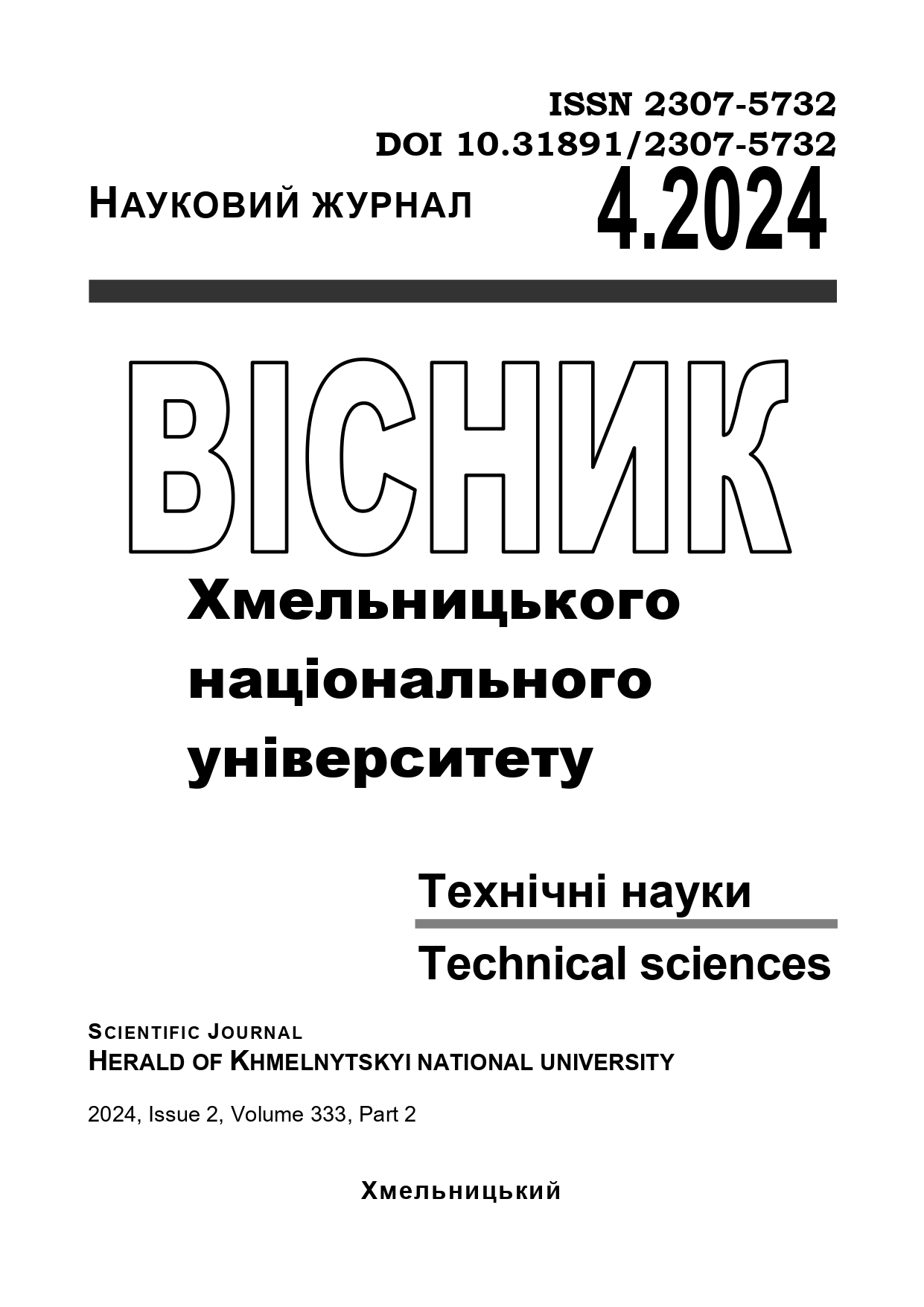DESIGNING A MACHINE LEARNING-BASED INFORMATION SYSTEM FOR PRESERVING AND CLASSIFYING DOCUMENTARY HERITAGE ARTIFACTS
DOI:
https://doi.org/10.31891/2307-5732-2024-339-4-29Keywords:
information system, artificial intelligence, machine learning, preservation of documentary heritageAbstract
The modern world faces numerous challenges in the field of cultural heritage protection, such as natural disasters, climate change, wars, neglect, and limited resources. These factors can lead to irreversible losses of cultural sites and monuments.
Against the backdrop of these challenges, the use of artificial intelligence (AI) is becoming an increasingly relevant and promising area in the field of cultural heritage preservation. AI provides unique opportunities to effectively address a number of pressing issues that will help ensure the preservation and transmission of cultural heritage to future generations, improving the efficiency and quality of protection measures.
Research in machine learning and artificial intelligence is at the forefront of modern science. The application of these methods to the classification of cultural heritage documents is a relevant area that combines advanced technologies with the need to preserve and study historical and cultural information and allows the use of the latest scientific achievements to solve practical problems.
The article analyzes a number of the most relevant artificial intelligence methods used today for the preservation of cultural heritage, summarizes their characteristics and areas of application, in particular, such methods as machine and deep learning, computer vision, natural language processing, robotics, big data processing, semantic networks, and 3D modeling. The advantages of using machine learning in the recognition of cultural heritage documents and examples of their successful application are described. The mechanism of document classification using the Random Forest algorithm as one of the most effective model training tools is described in detail, and a detailed sequence of processes for applying the Random Forest algorithm for document classification is presented. A conceptual model of a machine learning information system for document classification is developed and presented, in particular, an activity diagram for such an information system is developed and further directions of research in this area are outlined.

